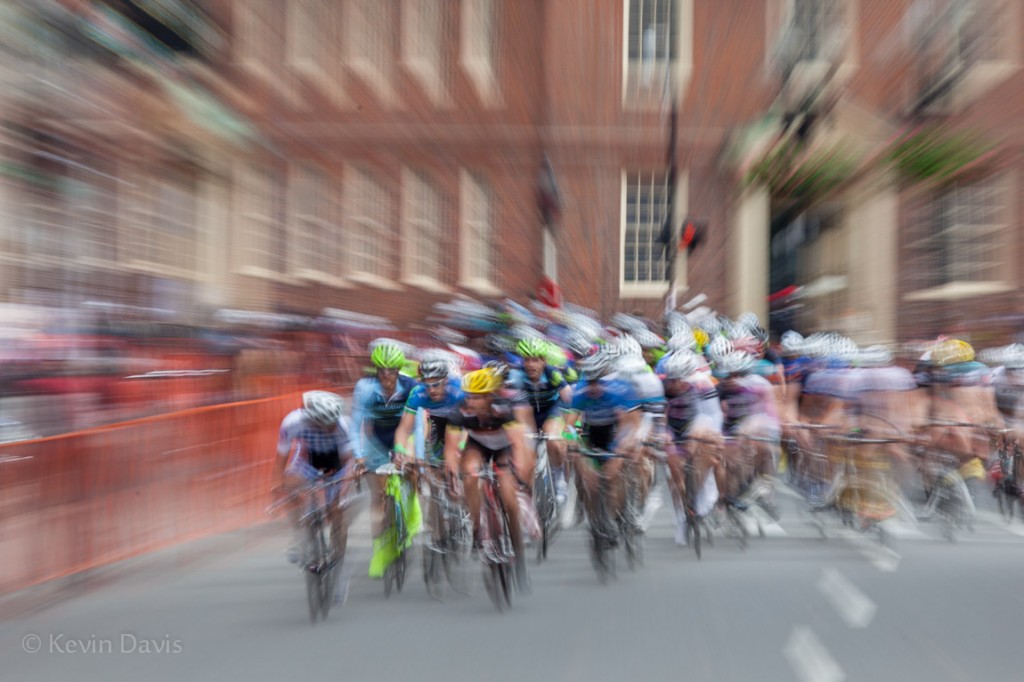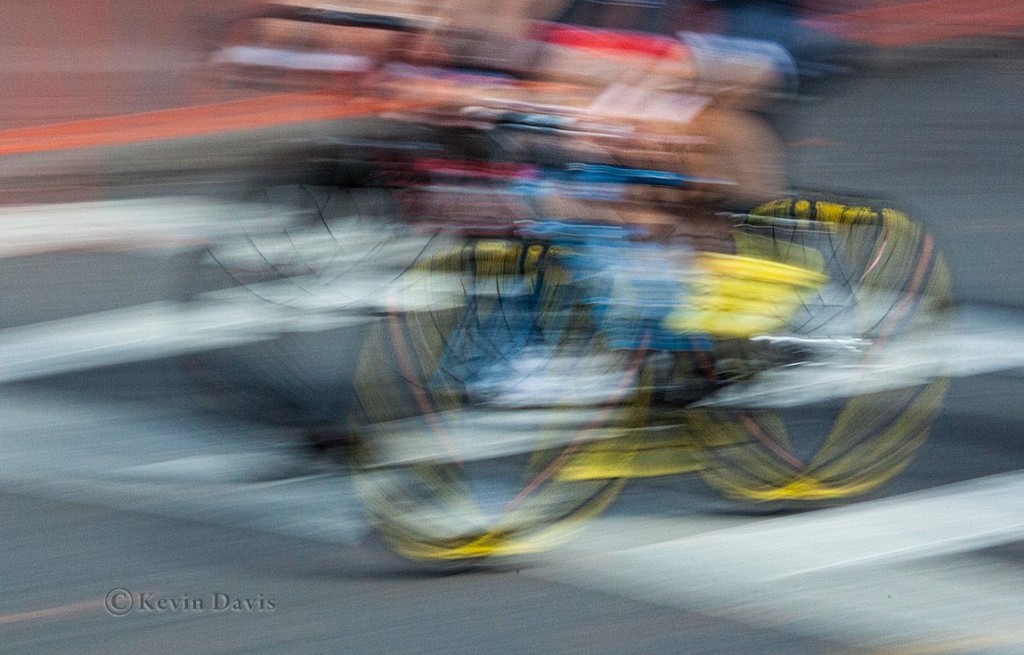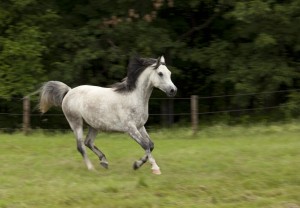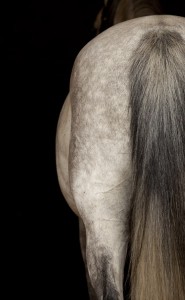Very excited to photograph freestyle ski jumping this week!
For photography, winter can be dull, particularly if there is no snow … the grey season, the season of sticks without leaves. But NOT this week. This is an international event sponsored by FIS, the international skiing authority. The ORDA has authorized official Press credentials, which allows me a bit more freedom of movement than regular spectators, to achieve shooting angles I need to create good images.
Because the freestyle ski jump competition is preceded by a mogul competition, I will arrive a day early in order to catch the mogul competition. Although I don’t “need” this shoot, I’m going to be right there and it could be fun (I simply haven’t thought about it much). One extra night’s lodging is all it takes … and maybe rent a pair of skis so I can reach the top & middle of the slope.
Logistical arrangements have required a significant investment of time.
- Lens selection & rent
- A couple of (smaller) equipment purchases
- Contact ORDA for official Press credentials
- Find a place to stay (difficult because I made a reservation only 1wk prior to the event)
- Couple minor things regarding my car (before driving 500 miles)
(The weather forecast for Friday is *COLD*.)
I have selected a 70-200mm f4 zoom lens and the Canon EF 400mm f4 DO lens. Having never used the DO lens before, this is a bit of a gamble. However, at 4.27 lbs, the DO is significantly less weight than the 400mm f2.8 or even the 300mm f2.8.
While the weight of the 400mm DO is hand-holdable, I want a monopod so that I do not have to hand-hold it. But my cheap old monopod (really cheap) is not enough for this task. So I purchased a new monopod (Feisol). With this particular item in mind, I went to my local photography shop (Hunt’s Photo & Video) and looked at the other options (Benro, Induro, etc). Lucky for me they did stock the Feisol and that is ultimately the item I had in-hand when I left the store.
When used on snow, a monopod (or even a tripod) will punch a narrow hole in the snow and sink, because of the very narrow footprint. A few monopods do have an expanded “foot”, but the model I selected does not have this feature. So I cut up the plastic lid to a peanut butter jar and attached that to the bottom of the monopod.



